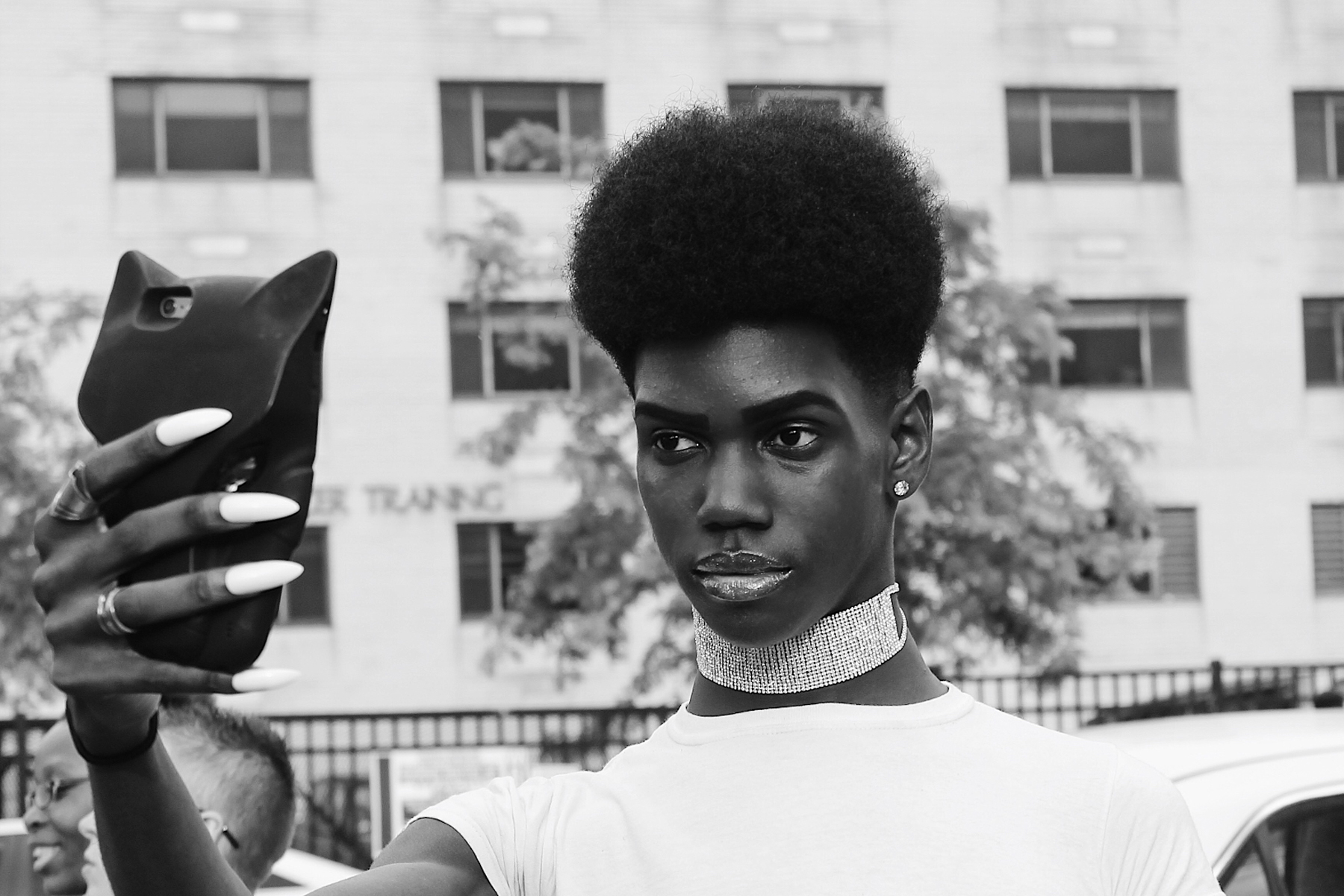Marie Pfaff, an intern at the Art Institute of Chicago, walked around Chicago’s Pride Festival and Pride Parade with a camera (almost) attached to her eye. She focused on the diverse groups of LGBTQ+ people and their allies around her, casting them in black and white.
In this dystopian world where America has elected a bully with bigoted henchmen to lead our country, Pfaff’s photographs strip away the distractions of glitter, jockstraps and flags to show us, the spectator, what is really going on: resistance.
The traditions of the Pride Parade, and Pride Month, originate from the Stonewall Riots of 1969: a series of reactive, violent demonstrations by the LGBTQ+ communities of Greenwich Village in the face of repeated brutality in police raids of queer spaces. Every June, we celebrate the brave transgender women, like Marsha P. Johnson and Sylvia Rivera, and other queer “street kids” who fought back in the face of violence on June 28, 1969.
We’ve made so much progress since then. The Supreme Court of the United States affirmed the right to share in the civil institution of marriage for gays and lesbians in 2015. The Obama Administration lit up the White House like a rainbow flag. Former Attorney General Loretta Lynch earned her place in LGBTQ+ history when she issued a statement on North Carolina’s infamous “bathroom bill.” After decades of struggle, LGBTQ+ communities finally had an executive branch that recognized their humanity and their right to join the American journey toward the fullest extent of equality for all.
Then, on Nov. 8, 2016, Donald J. Trump was elected president of the United States. On the winning ticket was Mike Pence, former Indiana governor and current vice president. Pence is an enemy of the LGBTQ+ communities, showing repeated disdain for LGBTQ+ people in his comments and in his actions as governor.
The current administration’s policy agenda is hostile to LGBTQ+ people. From the administration’s position on health care (the Affordable Care Act decreased the number of uninsured LGBT people by 24% in its first year) to the recent accusations that Trump “doesn’t care” about HIV/AIDS by his own HIV/AIDS advisory council, it’s clear that this president was willing to use lip service at the Republican National Convention to assuage any possible Republican guilt around LGBTQ+ oppression, without any plan to help the communities his vice president routinely attacked as governor.
Betsy DeVos’s brutal testimony on school choice – where she implied she would not withhold federal funds for private schools that discriminate against LGBTQ+ students – coupled with Trump’s refusal to officially declare June as Pride Month, made it clear that this anti-LGBTQ+ philosophy has the potential to roll back decades of progress.
In Chicago, thousands of queer bodies congregating in the streets with the public support of local elected officials, businesses and community leaders is something that we could have never imagined possible in June of 1969. Our dancing, joining of hands, hugging, kissing, loving and parading are simple signs of resistance. They’re signs of hope.
Swiss-American photographer Robert Frank once said: “Black and white are the colors of photography. To me, they symbolize the alternatives of hope and despair to which mankind is forever subjected.” Pfaff uses this same style to capture the tender and exciting moments of celebration, and remembrance of a time and circumstances that once seemed far away.
Photos courtesy of Marie Pfaff.




















NO COMMENT